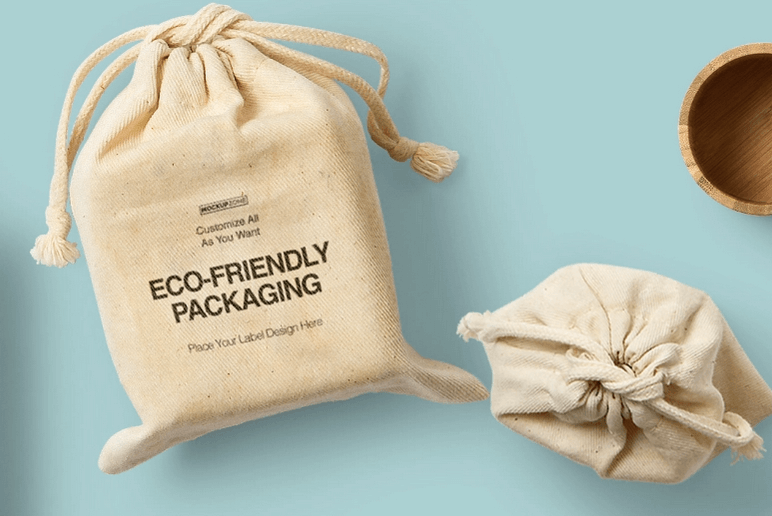Eco-Friendly Packaging Design: Strategies for Sustainable Solutions

Packaging Design
As environmental concerns rise, businesses are seeking more methods to cut their carbon footprint and waste. Packaging design is one area where there is room for major improvement. Eco-friendly packaging not only decreases environmental impact but also appeals to customers who are more concerned with sustainability. In this post, we will look at ways to develop eco-friendly packaging that is both sustainable and effective.
1. Material Selection
The selection of materials is likely the most important part of environmentally responsible Singapore package design. Choose materials that are renewable, biodegradable, and recyclable. Examples include recycled paper, cardboard, bioplastics, and biodegradable materials. Avoid using single-use plastics and other non-recyclable materials whenever feasible.
2. Minimalism and Simplification
To save material, keep the packaging design basic and minimalist. Avoid excessive layers, packing, and frills. Minimalist designs decrease waste while simultaneously conveying elegance and class.
3. Recyclable and Biodegradable Packaging
To reduce environmental effects, make sure your packaging is easily recyclable or biodegradable. To encourage responsible disposal of packaging, clearly identify it with recycling information. Biodegradable packaging degrades naturally, reducing landfill waste and contamination.
4. Lightweight Packaging
Choose lightweight materials that nonetheless offer appropriate protection to the goods. Lightweight packing lowers transportation costs and carbon emissions involved with shipment, making it a more environmentally responsible choice. Furthermore, lighter packing materials need fewer resources to create.
5. Design for Reuse
Design packaging that customers may reuse or recycle. Consider employing packaging that also serves as storage containers or can be quickly turned into other useful objects. Encourage customers to reuse packaging to extend its life and decrease trash.
6. Analysis of Supply Chain Impact
Evaluate your packaging’s environmental effect during its full lifespan, including manufacture, transportation, usage, and disposal. Choose suppliers and production methods that promote sustainability while reducing carbon emissions and waste.
7. Biodegradable Inks and Adhesives
Choose eco-friendly inks and adhesives to lessen your packaging’s environmental impact. Biodegradable inks degrade naturally, but eco-friendly adhesives are less damaging to the environment during manufacture and disposal.
8. Transparency and Communication
Be open with customers regarding the sustainability of your packaging. Clearly convey your eco-friendly actions and advice on how to dispose of packaging appropriately. Transparency fosters trust among environmentally concerned consumers, encouraging them to support your company.
Conclusion
Eco-friendly packaging demands a comprehensive strategy that considers materials, design, functionality, and lifetime effects. Businesses may develop sustainable and effective packaging solutions by employing methods such as material selection, minimalism, recyclability, lightweight design, reuse, supply chain considerations, biodegradable inks and adhesives, and clear communication. As customers expect more ecologically friendly products, eco-friendly package design is both an ethical decision and a competitive advantage in today’s market.





